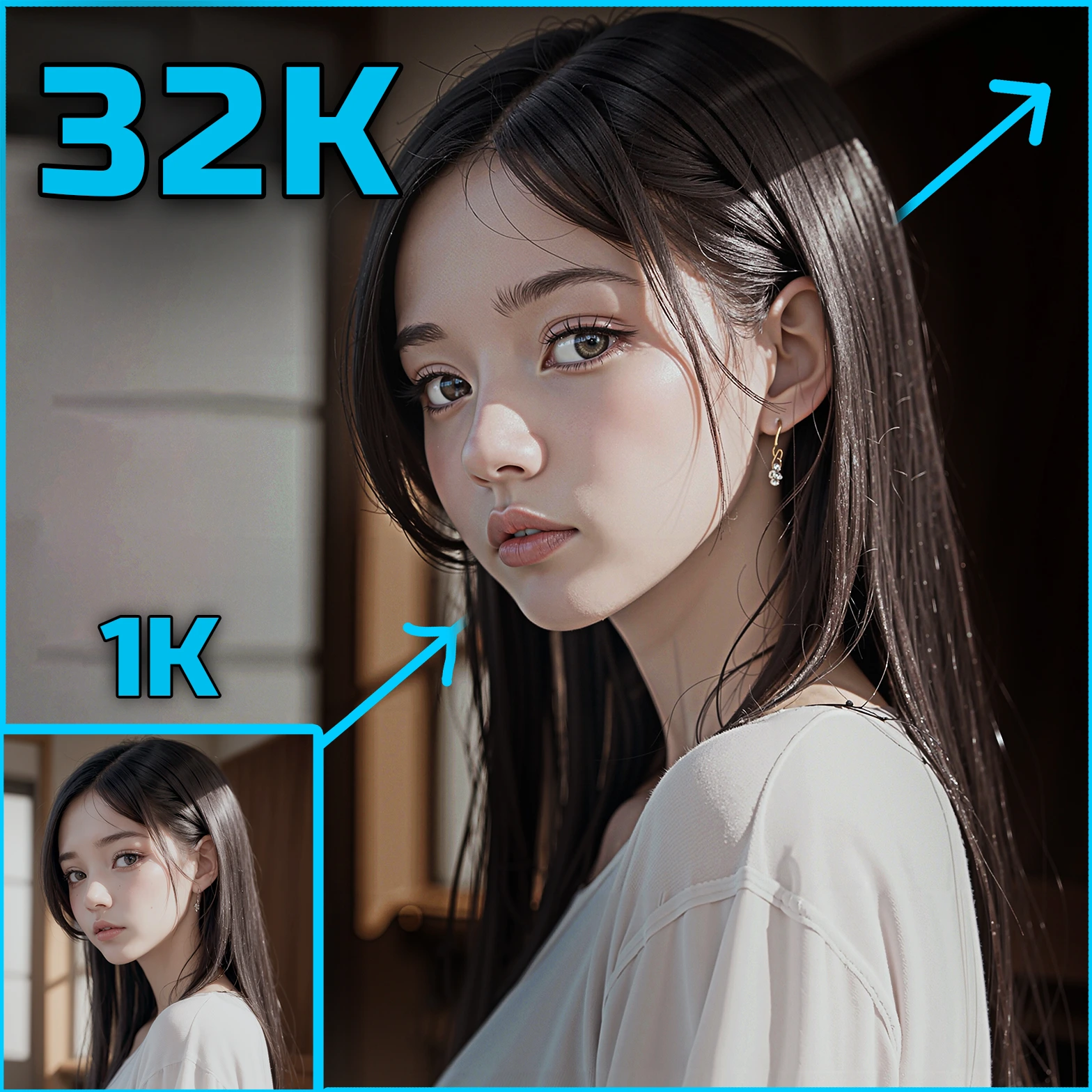ComfyUI Node: OpenSoraRun
OpenSoraRun
CategoryOpenSora
chaojie (Account age: 5118days) Extension
ComfyUI-Open-Sora Latest Updated
2024-07-19 Github Stars
0.1K
How to Install ComfyUI-Open-Sora
Install this extension via the ComfyUI Manager by searching for ComfyUI-Open-Sora- 1. Click the Manager button in the main menu
- 2. Select Custom Nodes Manager button
- 3. Enter ComfyUI-Open-Sora in the search bar
Visit ComfyUI Online for ready-to-use ComfyUI environment
- Free trial available
- 16GB VRAM to 80GB VRAM GPU machines
- 400+ preloaded models/nodes
- Freedom to upload custom models/nodes
- 200+ ready-to-run workflows
- 100% private workspace with up to 200GB storage
- Dedicated Support
OpenSoraRun Description
Efficient VAE-based latent representation to image conversion for AI artists, leveraging GPU acceleration.
OpenSoraRun:
The OpenSoraRun node is designed to facilitate the efficient conversion of latent representations into images using a Variational Autoencoder (VAE). This node is particularly useful for AI artists who work with latent space manipulations and need to decode these representations into visual outputs. By leveraging GPU acceleration, the node ensures that the decoding process is both fast and efficient. The primary function of this node is to take latent samples, decode them using a VAE, and return the resulting images. This process is essential for generating high-quality images from latent data, making it a valuable tool in the AI art creation pipeline.
OpenSoraRun Input Parameters:
vae
The vae parameter expects a Variational Autoencoder (VAE) model. This model is responsible for decoding the latent samples into images. The VAE should be pre-trained and capable of running on a CUDA-enabled GPU for optimal performance. The quality and characteristics of the output images heavily depend on the VAE model used.
samples
The samples parameter requires latent representations in the form of tensors. These latent samples are the encoded data that the VAE will decode into images. The quality and diversity of the latent samples will directly influence the resulting images.
dtype
The dtype parameter specifies the data type for the latent samples during the decoding process. It accepts a string value, with the default being "fp16" (16-bit floating point). This parameter ensures that the data type is compatible with the VAE and the GPU, optimizing the decoding process for speed and memory usage.
OpenSoraRun Output Parameters:
IMAGE
The IMAGE output parameter provides the decoded images as tensors. These images are the result of the VAE decoding the latent samples. The output is a batch of images concatenated along the first dimension, making it easy to handle multiple images simultaneously. The quality and resolution of these images depend on the VAE model and the input latent samples.
OpenSoraRun Usage Tips:
- Ensure that your VAE model is pre-trained and optimized for the type of images you want to generate. This will significantly impact the quality of the output images.
- Use latent samples that are representative of the desired output. Experimenting with different latent samples can yield diverse and interesting results.
- Set the
dtypeparameter to "fp16" for faster processing and reduced memory usage, especially when working with large batches of latent samples.
OpenSoraRun Common Errors and Solutions:
RuntimeError: CUDA out of memory
- Explanation: This error occurs when the GPU does not have enough memory to handle the VAE model and the latent samples.
- Solution: Reduce the batch size of the latent samples or use a VAE model with fewer parameters. Additionally, ensure that no other processes are using the GPU memory.
TypeError: Expected tensor for argument #1 'input'
- Explanation: This error indicates that the input provided to the VAE is not a tensor.
- Solution: Ensure that the
samplesparameter is a tensor. Convert any non-tensor inputs to tensors before passing them to the node.
ValueError: Invalid dtype specified
- Explanation: This error occurs when an unsupported data type is provided for the
dtypeparameter. - Solution: Use supported data types such as "fp16" or "fp32". Verify that the data type string is correctly spelled and recognized by the node.
OpenSoraRun Related Nodes
RunComfy is the premier ComfyUI platform, offering ComfyUI online environment and services, along with ComfyUI workflows featuring stunning visuals. RunComfy also provides AI Models, enabling artists to harness the latest AI tools to create incredible art.


